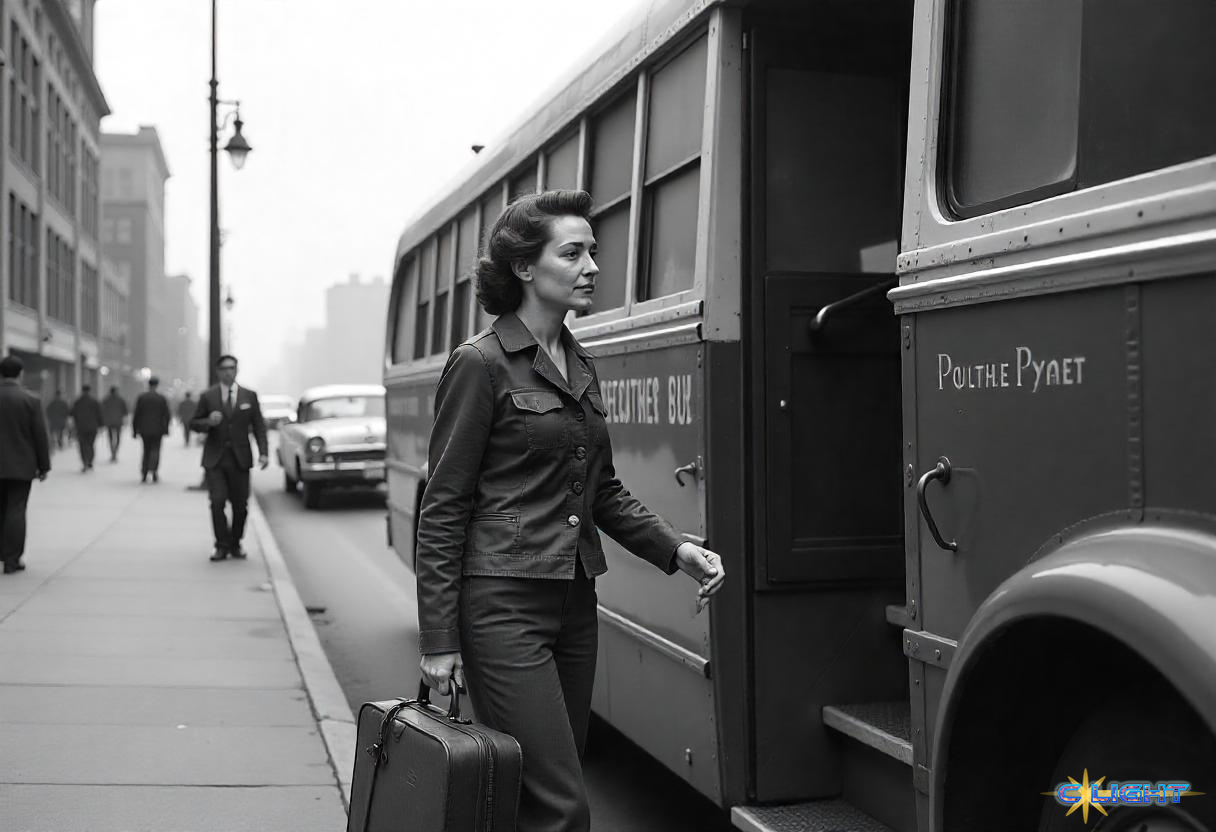The recent news that Audrey Backeberg, missing for sixty years, has been found “alive and well” at 82, having chosen to leave her Wisconsin life in 1962, is a story that fascinates and deeply unsettles. It touches upon a fantasy many might have entertained – to simply disappear and start anew. Indianapolis in the 1960s, with the vibrant promise of its Indiana Avenue music scene, might well have seemed a beacon of possibility for a young woman of 20 feeling trapped, a world away where she could reinvent herself. She was, after all, last seen by her babysitter in this very city before vanishing into a new existence.
But the stark reality that Audrey Backeberg was also a mother of two small children when she left casts a profound and troubling shadow over her tale of escape and reinvention. While Detective Isaac Hanson, who located her, reported she “sounded happy. Confident in her decision, no regrets,” any parent, any person with a heart, is immediately struck by a crucial, aching question: what about the children?
The initial news reports, focused on solving the decades-old mystery of her disappearance, tell a compelling story of a woman who orchestrated her own exit, likely fleeing an allegedly abusive marriage where she had even filed a criminal complaint against her husband for violence and death threats. In an era with terrifyingly few protections or escape routes for victims of domestic abuse, her choice, however extreme, can be viewed through a lens of desperate self-preservation. She managed to build a completely new life, unknown and untraced, for six decades – a testament to her resolve.

Yet, this narrative of survival and apparent contentment is haunted by what it doesn’t – perhaps cannot yet – say. The silence surrounding the fate and feelings of the children she left behind becomes a deafening void in the story. We are left to wonder about the lives they were forced to lead. What became of them, growing up not only without a mother but also with a father who faced such serious accusations? Who raised them, and under what circumstances? What stories were they told to explain their mother’s absence, and did they spend their childhoods, their entire adult lives, searching, wondering, perhaps mourning a mother they might have presumed dead, or did they grapple with the even more painful possibility of deliberate abandonment?
The detective’s use of her sister’s Ancestry.com account to locate Audrey hints at family ties that may have endured or at least been explored by subsequent generations. Have these children, now likely adults in their 60s, ever tried to find their mother? And now, presented with the startling news that she is alive after all this time, what is their reality? Is it relief, a torrent of anger, profound confusion, or a resurgence of unresolved grief? Has there been any contact since she was found? Is reconciliation even possible, or desired, across such an immense chasm of time, silence, and unanswered questions?
Audrey Backeberg’s reported “no regrets” is a powerful assertion of her own life choices, perhaps reflecting the direness of the circumstances she fled. But the question, “whose cost?” hangs inescapably heavy. If her happiness and new life were secured by severing all ties with her young children, then that cost was undeniably borne, in significant part, by them. Their lives were irrevocably shaped by her absence, regardless of her motivations.
It is a morally complex situation. To judge her actions harshly from the vantage point of 2025, with our evolved understanding of domestic abuse and the support systems now available (however imperfect), would be to ignore the stark realities of 1962. A young mother facing alleged death threats might have seen disappearing as her only conceivable path to survival, a desperate choice made in an impossible bind. She may have even rationalized it as a way to shield her children from further exposure to that toxic environment, though from the outside, the act of leaving them remains an agonizing prospect.

Indianapolis, whether a brief way station or the cradle of her new identity, marks the poignant last point of her old life. For her children, had they ever known this detail, the city might have held a particularly ghostly significance.
The fact that Audrey Backeberg has been “found” by authorities signifies an end to one mystery, confirming she wasn’t a victim of foul play. But it simultaneously throws open the door to a deeper, more human drama. For Audrey, a certain chapter may feel closed. For her children, however, a chapter they may have thought long concluded, or one that has perpetually haunted them with its ambiguities, has been starkly, perhaps painfully, reopened.
This isn’t to diminish the terror she may have faced or the sheer courage it might have taken to forge a new life from scratch. But the narrative of personal liberation and a “happy ending” for Audrey is profoundly complicated by the silent, unseen narrative of the children. Their experiences, their perspectives, and the emotional toll of their mother’s sixty-year absence are now the central, lingering questions. Her decision, made in a different era, continues to unfold in their lives today, reminding us that some choices echo long after the silence seems to have settled.
Discover more from Clight Morning Analysis
Subscribe to get the latest posts sent to your email.













